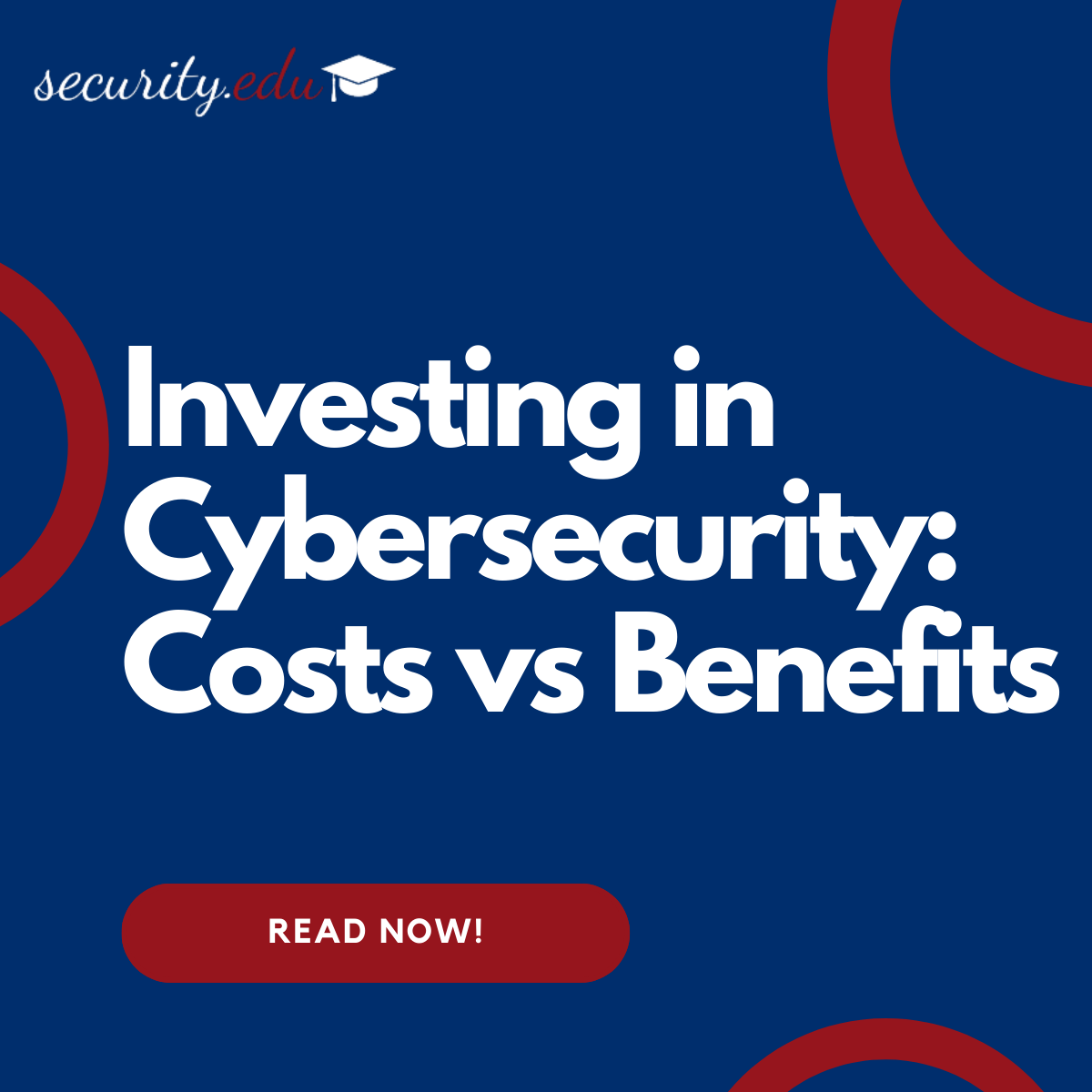In the eighth installment of our series on cybersecurity in educational settings, we turn our attention to the financial aspect of digital security. The decision to enhance cybersecurity infrastructure often comes down to a cost-benefit analysis. This article explores the investment required for robust cybersecurity measures in schools and universities and weighs it against the potential financial and reputational repercussions of a security breach.
The Cost of Cybersecurity Investments
Investing in cybersecurity involves not only the direct costs of purchasing security software and hardware but also the expenses related to training staff, implementing new policies, and maintaining these systems. For educational institutions, the investment may include:
- Advanced Security Software: Tools for detecting and preventing malware, phishing attacks, and unauthorized access.
- Infrastructure Upgrades: Enhancements to the network infrastructure to secure data transmission and storage.
- Professional Development: Ongoing training for IT staff and cybersecurity awareness programs for faculty, staff, and students.
- Incident Response Planning: Development and maintenance of an incident response plan to minimize the impact of potential breaches.
The Benefits: Beyond Financial Savings
While the initial outlay for cybersecurity measures may be substantial, the benefits extend far beyond financial savings:
- Prevention of Data Breaches: Robust security measures can significantly reduce the risk of costly data breaches.
- Protection of Intellectual Property: Secure networks and data storage protect research outcomes and intellectual property, crucial assets for any educational institution.
- Compliance with Regulations: Adhering to data protection laws and regulations avoids potential fines and legal costs.
- Reputation Management: Maintaining a reputation as a secure institution can influence student enrollment decisions, faculty recruitment, and research opportunities.
- Long-Term Financial Stability: Preventing breaches protects against the direct costs of a breach response, legal liabilities, and the long-term impact on fundraising and donations.
Comparative Analysis: The Cost of Inaction
The consequences of not investing in cybersecurity can dwarf the initial costs of implementation. A single data breach can result in direct costs (legal fees, forensic investigations, and remediation efforts) and indirect costs (reputational damage, loss of trust, and potential decreases in enrollment and funding).
Case Studies Highlighting the ROI of Cybersecurity Investments
Several educational institutions have publicly shared their experiences with investing in cybersecurity. These case studies often highlight not only the avoidance of potential breaches but also improvements in operational efficiency, compliance, and institutional reputation. Here is one of the most popular case studies conducted by the Australian government.
Conclusion
The decision to invest in cybersecurity is not merely a financial one; it reflects an institution’s commitment to safeguarding its community and its future. While the costs of implementing robust cybersecurity measures may seem significant, the potential costs of inaction—both financial and reputational—are invariably higher. For educational institutions, investing in cybersecurity is not just an expense; it’s an essential investment in their continued success and stability.

